Ball pythons are one of the most popular pet snakes. They are known for their docile nature and manageable size. Native to West and Central Africa, they are also known as royal pythons due to their regal appearance and fascinating behaviors. If you’re considering bringing a ball python into your home, this guide will provide you with everything you need to know to ensure your new pet thrives.
Dietary Needs
1. Diet:
Food Type:
Ball pythons are carnivorous and primarily eat rodents. In captivity, they are usually fed mice and rats. Younger pythons may start with pinkie mice and progress to adult mice or rats as they grow.
Feeding Frequency:
Young ball pythons typically eat once a week; adults can be fed every 10-14 days. It’s important not to overfeed them as obesity can lead to health issues.
Feeding Tips:
Always feed pre-killed prey to avoid injury to your snake. Ensure the prey is appropriately sized; it should be no wider than the widest part of the snake’s body.
2. Water:
Always provide a shallow dish of fresh water. Ball pythons will drink and may soak in their water dish, especially when shedding.
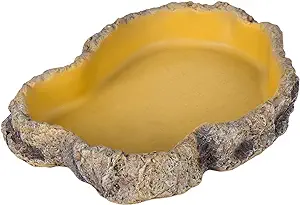
Habitat Requirements
1. Enclosure:
Size:
A 20-gallon tank suits juveniles, but adults need a 40-gallon tank or more. The enclosure should be escape-proof and have a secure lid.
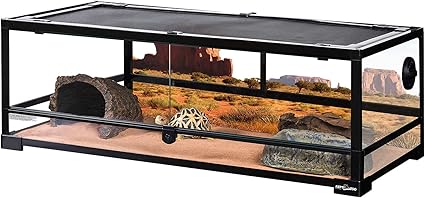
Substrate:
Use substrates like aspen shavings, cypress mulch, or paper towels. Avoid cedar or pine, which can be toxic.
Hides:
To secure your snake, provide at least two hides (one on the warm and one on the cool side). The hides should be snug but not too tight.
2. Temperature and Humidity:
Temperature Gradient:
Maintain a temperature gradient with a warm side (88-92°F) and a cool side (78-80°F). Use a thermostat-controlled under-tank heater or heat tape.
Humidity:
Aim for 50-60% humidity. Increase humidity to 60-70% during shedding. A hygrometer will monitor levels and mist the enclosure if needed.
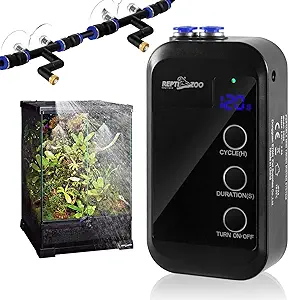
3. Lighting:
Ball pythons do not require UVB lighting, but providing a day/night cycle with regular light patterns can help regulate their activity. Use a 12-hour light cycle.
Health Concerns
1. Common Health Issues:
Respiratory Infections:
Symptoms include wheezing, mucus around the nostrils, and open-mouth breathing. To prevent these, maintain proper temperature and humidity.
Mites:
Small black or red mites can irritate and spread diseases. Regularly check your snake and enclosure, and consult a vet for treatment if needed.
Shedding Problems:
Incomplete sheds can occur if humidity is too low. Provide a humid hide and ensure proper hydration.
2. Regular Vet Check-Ups:
Annual check-ups with a reptile-savvy vet are needed to monitor your ball python’s health. Notice any signs of illness in your python, and seek veterinary care promptly.
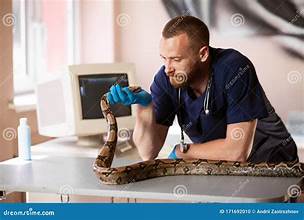
Additional Tips for New Owners
1. Handling:
Handle your ball python gently and support its body. Limit handling to a few times a week to avoid stress, and never hold your snake after it has eaten, as this can cause regurgitation.
2. Enrichment:
While ball pythons are not as interactive as some pets, providing a variety of hides and climbing branches can enrich their environment and encourage natural behaviors.
3. Record-Keeping:
Record feedings, sheds, and any health issues will help you monitor your snake’s health and detect any changes that require attention.
Ball pythons are an excellent choice for both novice and experienced reptile enthusiasts. They can live healthy, fulfilling lives for up to 30 years or more with proper care and attention to their dietary and habitat needs. By following this guide, you’ll be well-equipped to provide a loving and supportive environment for your new ball python.
Disclosure: This page may contain an affiliate link to Amazon.com. We might receive a commission if you follow them and purchase anything from the recommended products. I can assure you that I never recommend anything I don’t trust. Thanks for supporting positvelypets.com!

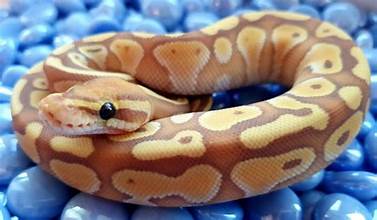
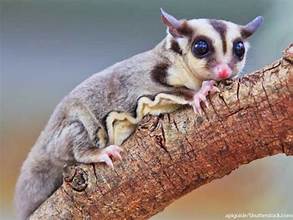
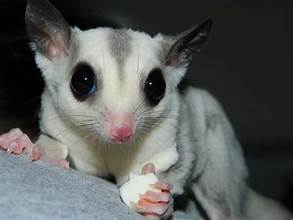

Pingback: A Guide to the Colorful World of Python Regius - Positvley Pets
Pingback: What is the Best Housing for the Ball Python - Positvley Pets